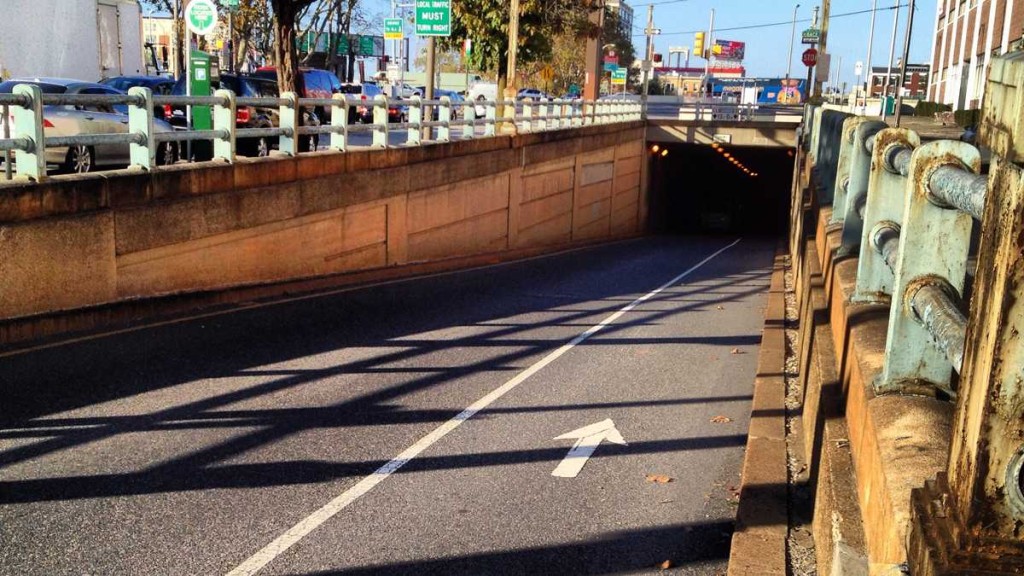
Image via Philly Love Notes
Every year since 2005, the Bicycle Coalition has sent some awesome volunteers out on the streets to count people riding bikes. We consider these annual counts like a report card, grading how many people are on the roads as well as following the rules of the road. The numbers for 2015 are in and here is what we have learned:
The numbers are down.
By our count, the numbers are comparable to what we saw in 2013 and we noticed a very distinctive pattern. Cyclists are riding where it is safest for them to ride and in these areas they are more observant of traffic laws. Of the top five locations with the highest number of bikes per hour, 4 out of 5 have buffered bike lanes. These locations are well connected in the city’s bike grid and they are close to popular destinations.
We are taking this to mean that if we want to increase ridership in the upcoming years the city needs to improve its bike infrastructure. This can be done if Mayor Kenney’s plan to install 30 miles of protected bike lanes over the next five years actually comes to fruition.
Here is a closer look at how the numbers for the top-traveled intersection are broken down:

Similar patterns of cyclists sticking to where it’s safer can be seen in the area’s bridge traffic. South Street Bridge dominates the rest with 49 percent of cyclists preferring that route between Center City and West Philly.
Here is the complete break down for the rest of the area’s bridges:

We take these counts even more in depth and analyze the number of women and men riders too. We are all equal when it comes to how we are affected by safety conditions.
However, this year women have the men beat when it comes to safe riding habits. Women are less likely to ride on the sidewalk (4 percent of women vs 6 percent of men), and less likely to ride the wrong way on the street (0.2 percent of women vs 0.7 percent of men). Women also wear helmets at a higher rate: 69.6 percent of women wear helmets in Philadelphia versus 55.9 percent of men.
The numbers continue along the same pattern as to where women are riding. They prefer the safer routes.
Here are those numbers:

Not only do we monitor good behavior, we also count the number of times we see the law being broken. We advocate, push, and stress for all cyclists to adhere to all of the city’s bike laws. There was no count for cyclists running red lights in 2015 but that will be conducted this year at select intersections. What we did count were those riding on sidewalks. These numbers again correspond with areas that do not have safe conditions to bike in.
Here are how those numbers are broken down:

Even though the numbers are down we are not looking at this in a negative light. Since 2011, biking overall has increased 27 percent. Schuylkill Bridge crossings are up 23 percent and intersections counts are up 18 percent overall. The leaders in this trend are 13th & Spruce (up 29 percent), 13th & Cecil B. Moore (up 23 percent).
Philly still remains one of the leading cities in the U.S. where people bike to work. Infrastructure improvements come every year and continue to expand out into the suburbs as cycling becomes a normal aspect of transportation rather than something people do as a hobby on the weekends and in the warmer months. But bureaucrat-created restrictions on how and where bike lanes can actually go in are really hurting the city’s cyclists, and potential cyclists.
-Zach Mentzer
